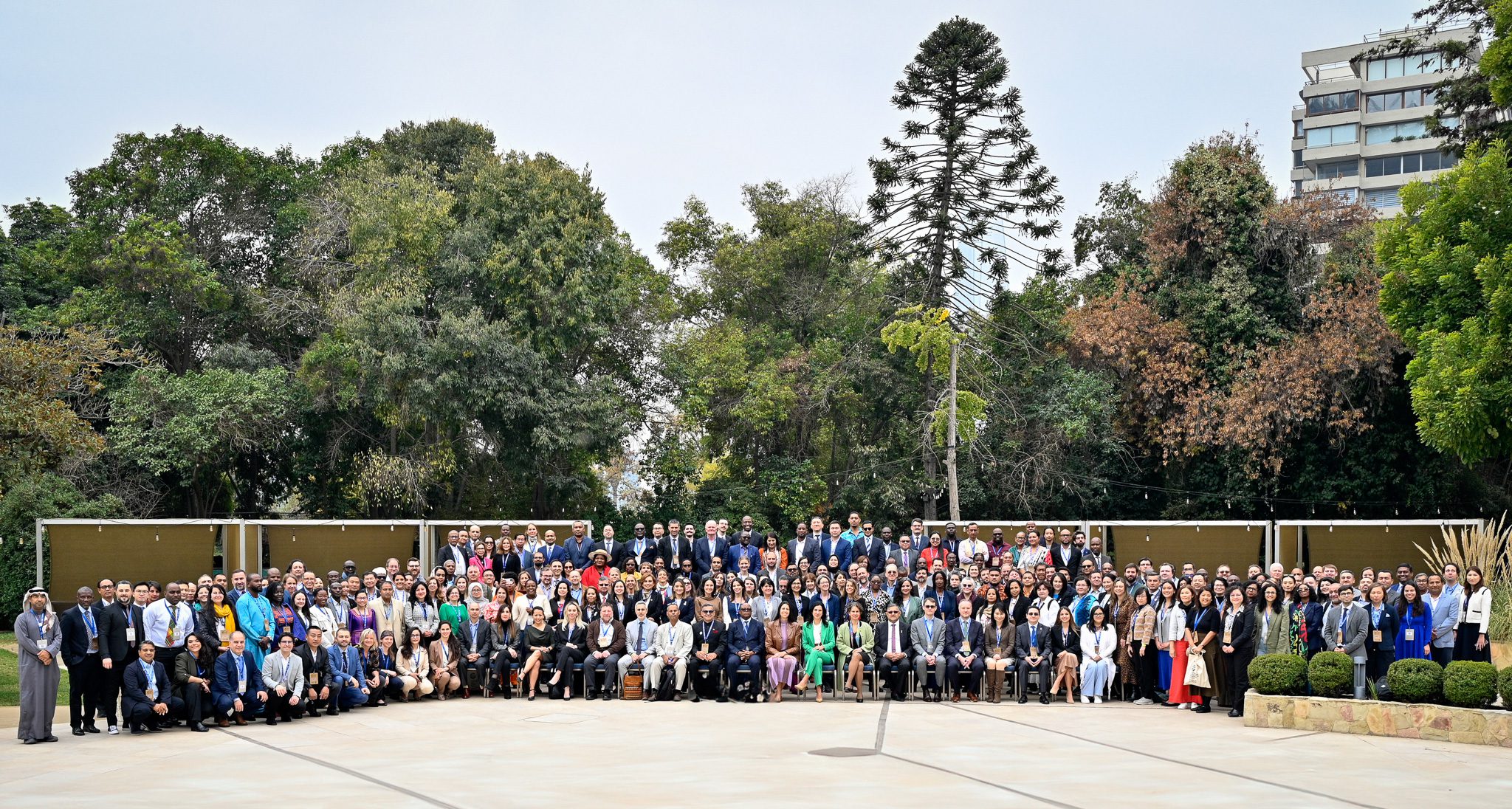Key Points:
- COP 29 in Baku will introduce a New Collective Quantified Goal (NCQG) for climate finance, building from a base of $100 billion annually, with a focus on the needs of developing countries.
- The NCQG targets $1.1 trillion in annual climate finance by 2025, rising to $1.8 trillion by 2030, based on UN Global Policy Model projections.
- This new goal seeks to foster a pro-development international financial architecture, emphasizing transparent, accessible, and quality-driven finance.
As global leaders convene for the 29th Conference of the Parties (COP 29) in Baku, the spotlight will be on setting a transformative New Collective Quantified Goal (NCQG) for climate finance. This new commitment, starting at a floor of $100 billion per year, aims to empower developing countries in their climate ambitions and ensure alignment with the Paris Agreement’s objectives. The NCQG underscores the principle of common but differentiated responsibilities and respective capabilities (CBDR-RC) while supporting just transition pathways that benefit both developed and developing nations.
Meeting Trillion-Dollar Climate Finance Needs
According to projections by the United Nations Global Policy Model, developing countries will need approximately $1.1 trillion in climate finance annually by 2025, with that requirement expanding to $1.8 trillion by 2030. Developed countries are expected to contribute around three-quarters of these funds, aiming to address the pressing needs of climate mitigation, adaptation, and responses to climate-induced loss and damage.
The NCQG target for developed nations is projected to start at $0.89 trillion in 2025 and increase to $1.46 trillion by the fifth year of implementation, representing about 1.4% of their combined GDP. By 2030, this funding should equal roughly 2% of developing countries’ GDP, signaling a significant commitment to equitable climate finance distribution.
Enhancing the Quality of Climate Finance
Learning from the experiences of previous climate finance targets, the NCQG places a strong emphasis on quality. The goal prioritizes expanding fiscal space over increasing debt burdens and encourages a collaborative effort-sharing model among developed nations based on CBDR-RC. Key principles aim to enhance the adaptability, transparency, and accessibility of climate finance to ensure funds are directed effectively to high-impact climate actions in developing regions.
For climate finance to truly meet its goals, a pro-development international financial architecture (IFA) is essential. Such an IFA would not only enhance the flow of climate finance but also promote broader development outcomes, positioning climate finance as a cost-effective solution for achieving global climate goals under the Paris Agreement.
Building Trust and Cooperation for a Meaningful Outcome
The NCQG alone cannot address all the financial obstacles faced by developing countries, but it sends a powerful message of deeper global cooperation on IFA reform. By prioritizing a targeted climate finance provision, this new goal fosters trust, cooperation, and mutual ambition among all Parties, creating a pathway for shared climate success.
As COP 29 approaches, the finalization of the NCQG is a critical step toward bridging the climate finance gap. Leaders are hopeful that this agreement will inspire collective action and bolster financial commitments, supporting developing nations in their path toward a sustainable and resilient future.
Related Article: Azerbaijan Rejects Human Rights Criticism Ahead of COP29












